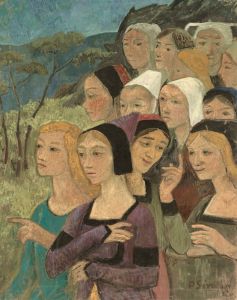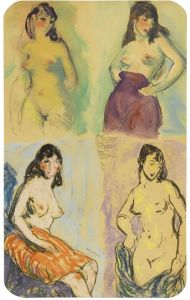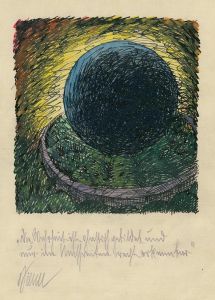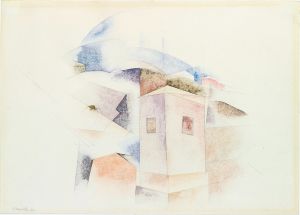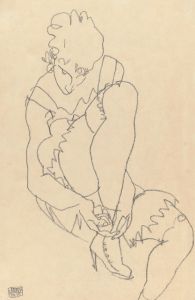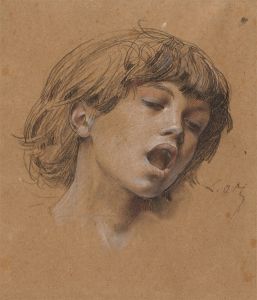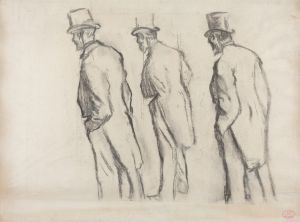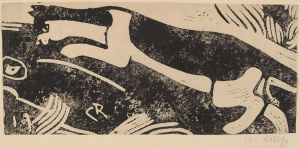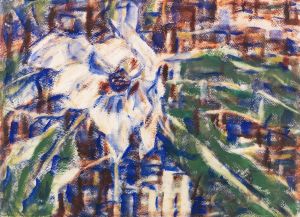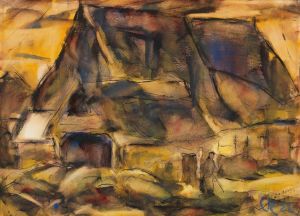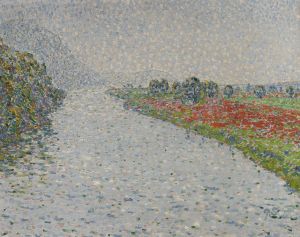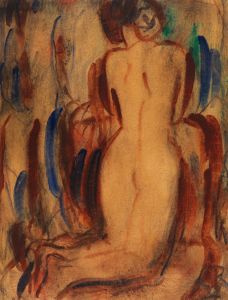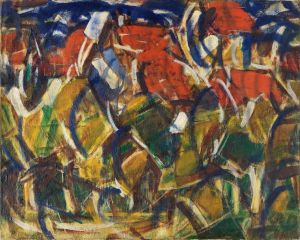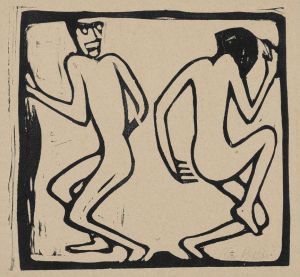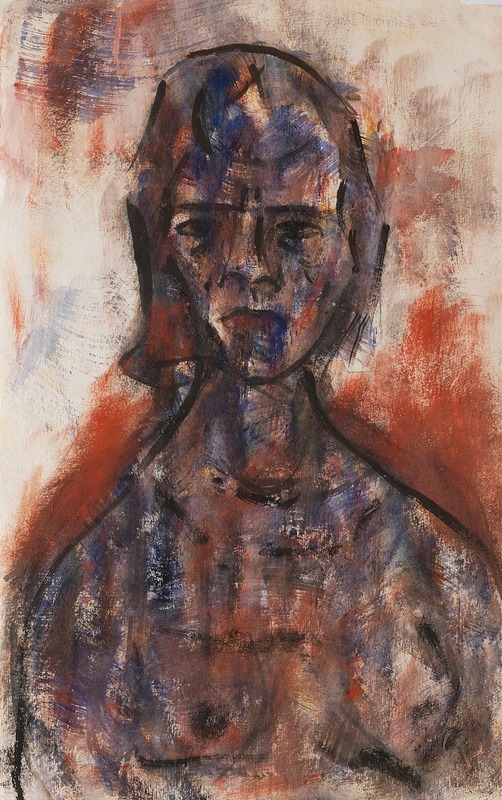
Aktstudie
A hand-painted replica of Christian Rohlfs’s masterpiece Aktstudie, meticulously crafted by professional artists to capture the true essence of the original. Each piece is created with museum-quality canvas and rare mineral pigments, carefully painted by experienced artists with delicate brushstrokes and rich, layered colors to perfectly recreate the texture of the original artwork. Unlike machine-printed reproductions, this hand-painted version brings the painting to life, infused with the artist’s emotions and skill in every stroke. Whether for personal collection or home decoration, it instantly elevates the artistic atmosphere of any space.
Christian Rohlfs was a German painter known for his contributions to Expressionism, a movement that sought to convey emotional experience rather than physical reality. One of his notable works is "Aktstudie," which translates to "Nude Study" in English. This painting exemplifies Rohlfs' exploration of form, color, and emotion, which were central to his artistic practice.
Born in 1849 in Groß Niendorf, Germany, Rohlfs initially studied at the Grand Ducal Saxon Art School in Weimar. His early work was influenced by Impressionism and Post-Impressionism, but he later became associated with the Expressionist movement. Rohlfs' transition to Expressionism was marked by a shift towards more abstract forms and a vivid color palette, reflecting the emotional intensity that characterized the movement.
"Aktstudie" is a testament to Rohlfs' mature style, where he focused on the human figure, a common subject in his oeuvre. The painting captures the essence of the human form through bold brushstrokes and a dynamic composition. Rohlfs often used the nude as a means to explore the interplay of light and shadow, as well as the expressive potential of color. His approach to the nude was not merely about anatomical accuracy but rather about conveying a deeper emotional resonance.
Rohlfs' work, including "Aktstudie," was part of a broader trend in early 20th-century art that sought to break away from traditional representation. Expressionists like Rohlfs were interested in depicting subjective emotions and experiences, often using distortion and exaggeration to achieve this effect. In "Aktstudie," Rohlfs employs these techniques to create a sense of movement and vitality, inviting viewers to engage with the painting on an emotional level.
Throughout his career, Rohlfs was associated with several art movements and groups, including the Berlin Secession and the Brücke group, although he was never a formal member of the latter. His work was exhibited widely in Germany and gained recognition for its innovative approach to color and form. Despite facing challenges during the Nazi regime, which condemned modern art as "degenerate," Rohlfs continued to paint until his death in 1938.
"Aktstudie" reflects Rohlfs' commitment to exploring the human condition through art. The painting's emphasis on emotional expression and its departure from realistic representation are hallmarks of Rohlfs' style and the Expressionist movement as a whole. Today, Rohlfs is remembered as a significant figure in German art history, and his works, including "Aktstudie," continue to be studied and appreciated for their contribution to modern art.
In summary, Christian Rohlfs' "Aktstudie" is a significant work that exemplifies the artist's Expressionist style. Through its dynamic composition and emotional depth, the painting captures the essence of the human form and reflects Rohlfs' broader artistic goals. As part of the Expressionist movement, Rohlfs' work remains influential, offering insight into the emotional and psychological dimensions of early 20th-century art.





